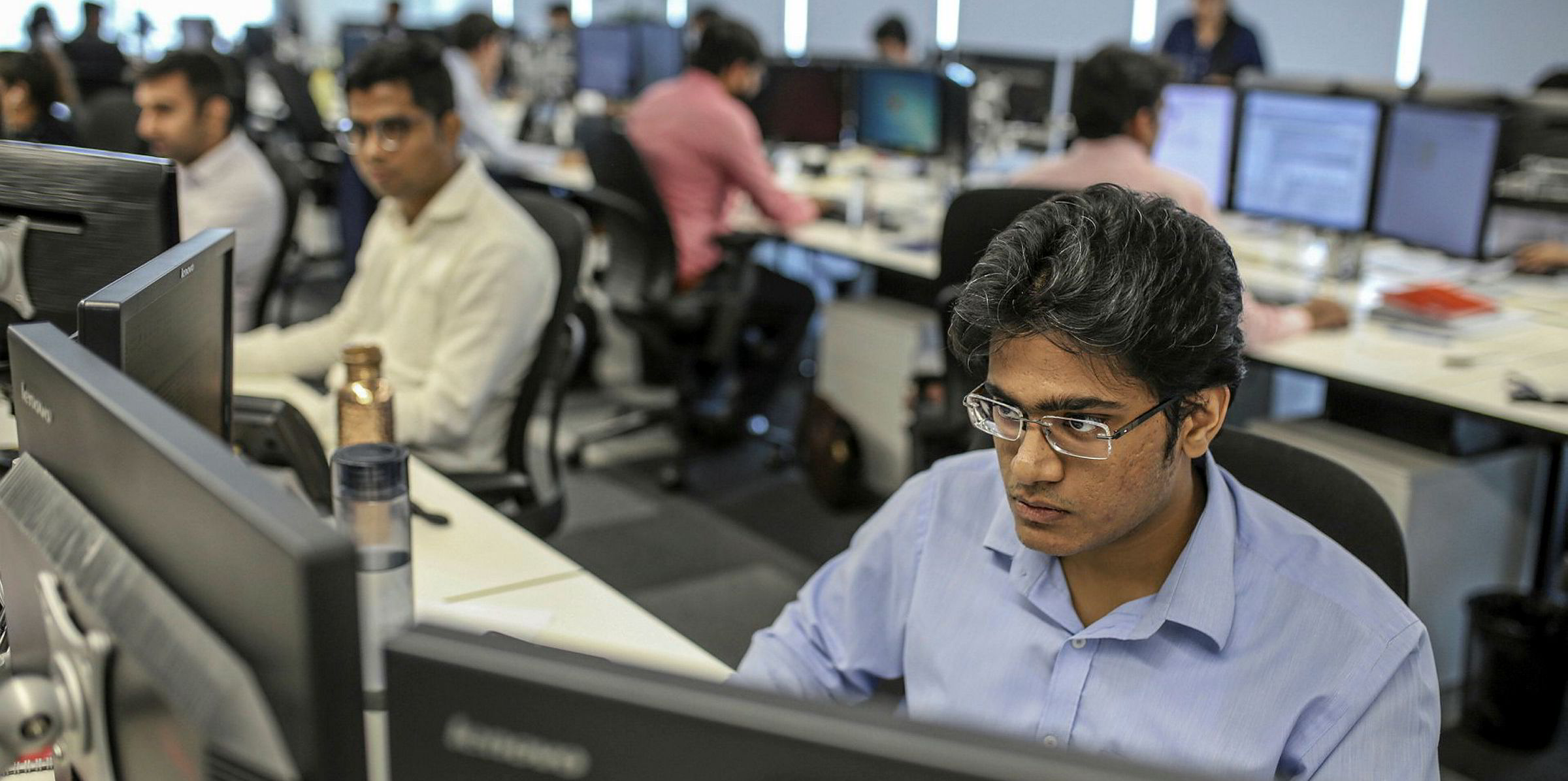Digitalisation is undoubtedly set to be one of the biggest forces acting on all aspects of shipping markets in the decade ahead, as we report in depth this week in our business focus.
Despite shipping still being a physical industry built on steel and skilled judgement, the need to change and improve processes and procedures is a competitive necessity not a choice.
In this increasingly digital world, shipowners, operators and service providers are all working diligently to create their own new platforms to deliver digital solutions to today’s traditional analogue working habits.
Ringing the changes
However, anyone who dares to think the rate of change can be determined by shipping’s internal agenda — as largely has been the case up until now — may be in for a rude shock.
Instead, it is increasingly becoming clear that it will be shipping’s customers who provide the drive for the next digital rush.
Already the container shipping sector is having to rapidly adapt to provide its services in a digital fashion to its clients; from online freight rate quotations and bookings, to cargo tracking to ensure just-in-time delivery.
Next in line for such upheavals will be the dry and wet bulk cargo shipping business, if signs emerging from the commodity trading world are correct.
Faced with falling trading margins over the last few years, the major trading houses are under pressure to invest in the next generation of predictive analysis and digital intelligence to enable them to remain competitive.
Oliver Wyman, the global consultancy which tracks the performance of the largely private commodities trading world, believes digital will be the next front line in the battle for dominance.
And as the hunt for better margins and smarter trading intensifies, shipowners and operators servicing those markets will be under intense pressure to apply the same digital standards to their own operations.
As the hunt for better margins and smarter trading intensifies, shipowners and operators servicing those markets will be under intense pressure to apply the same digital standards to their own operations
Commodity trading margins have fallen more than 20% since their recent peak in 2015, New York-based management consultants Oliver Wyman says in a report into the market’s digital future published this week.
Falling margins
In 2018, it is estimated traders made about $35bn in gross margin, down from $44bn in 2015. While the volume of commodity contracts has nearly tripled in the past decade, market data has become more readily available and shared, eroding the traditional advantage held by the big traders.
In this new environment, the major traders risk facing a squeeze from both sides. Such market knowledge gives miners and national oil companies greater pricing power, while new online platforms are set to take their slice of the pie.
In this scenario, Oliver Wyman sees a further fall of 15% in gross trading margins to less than $30bn by 2025.
It will be up to the major trading houses to “go back to the future” if they are to maintain a dominant position, says the consultancy.
Instead of relying on extensive traditional information networks to gain advantages from proprietary data, traders will need to make significant investment in sophisticated systems and staff to compete using insights from common data sources.
This is likely to be a fertile area for the emerging science of predictive analytics, requiring traders to invest millions in pilot programmes and business incubators to gain the elusive trading edge.
Trading will need to be faster and smarter if margins are going to be maintained, and that will have significant implications for the physical supply chain, including tonnage providers.
Smart traders
Not only will partners need to be able to integrate with rising digital technical standards and faster speeds demanded by the traders, they will be under intense pressure to keep their own margins low.
The rising tide of digitalisation will force shipping to be even more acutely competitive, rather than less. Pressure on others in the shipping networks, from brokers to suppliers, to adapt their processes to the new digital era will also intensify.
In terms of shipping’s digital shift, we haven’t seen anything yet.






